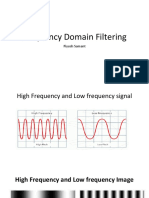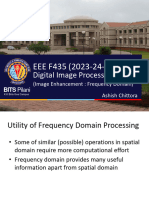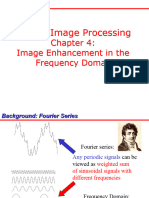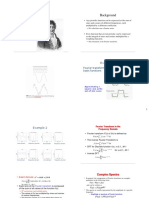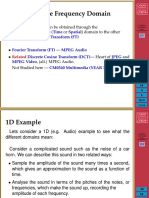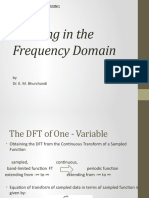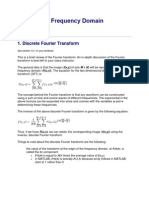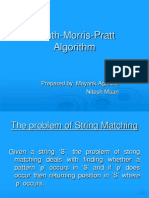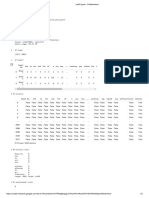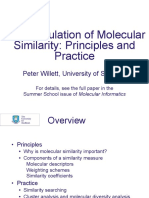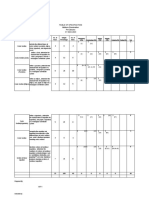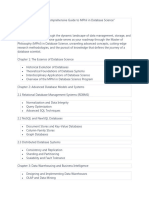0% found this document useful (0 votes)
51 views34 pagesFrequency Domain Image Processing
Uploaded by
Raaz Key Run ChhatkuliCopyright
© © All Rights Reserved
We take content rights seriously. If you suspect this is your content, claim it here.
Available Formats
Download as PDF, TXT or read online on Scribd
0% found this document useful (0 votes)
51 views34 pagesFrequency Domain Image Processing
Uploaded by
Raaz Key Run ChhatkuliCopyright
© © All Rights Reserved
We take content rights seriously. If you suspect this is your content, claim it here.
Available Formats
Download as PDF, TXT or read online on Scribd
/ 34






